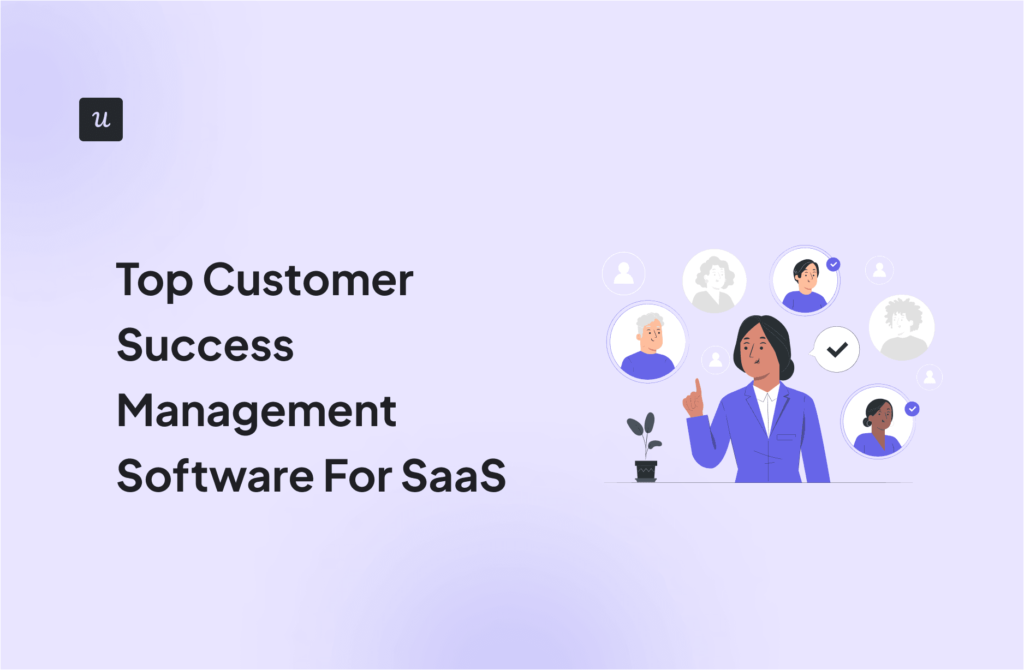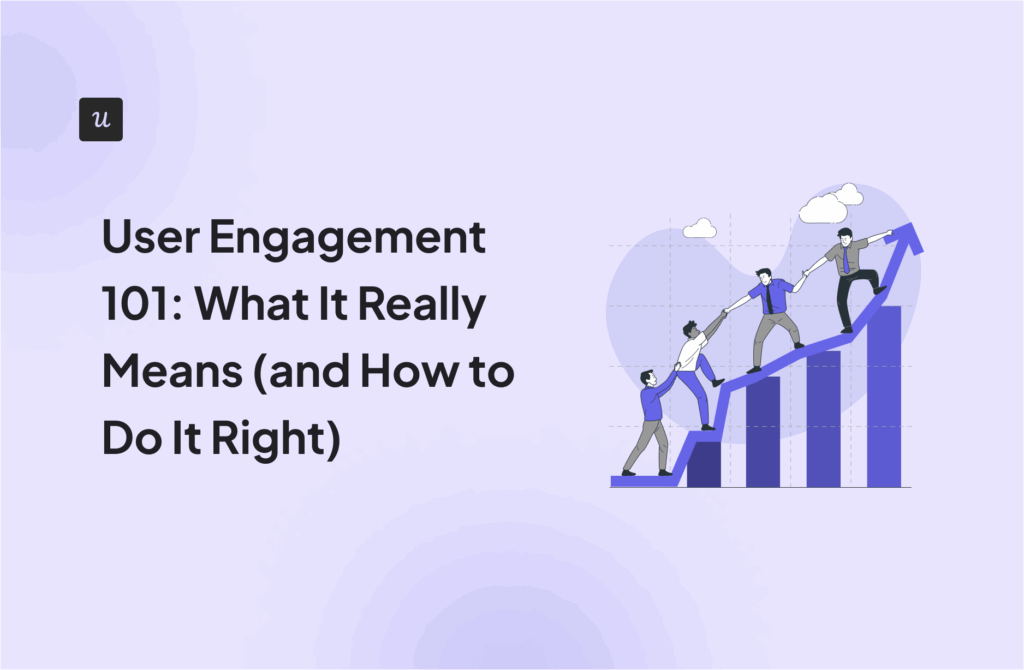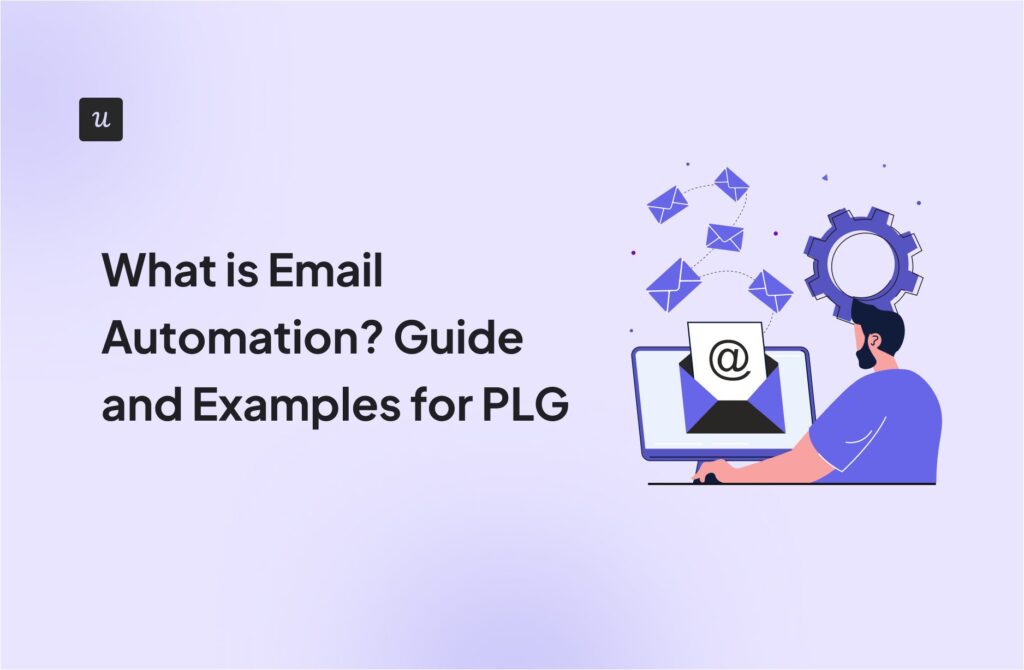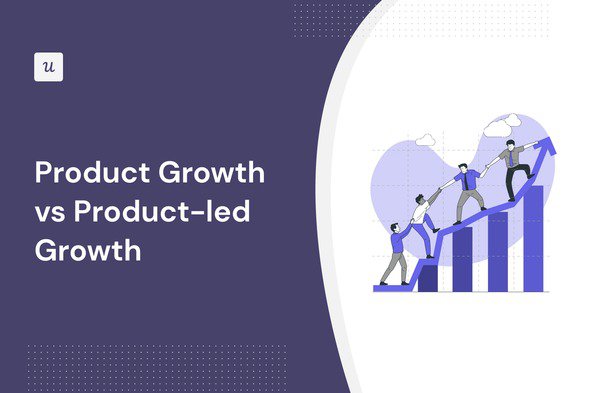
Product growth vs. product-led growth?
SaaS companies like Slack and Atlassian pioneered the product-led growth (PLG) model as a way to reach customers through the product. Theoretically, this model helps companies scale with lower costs and higher retention.
But there’s also the product growth strategy, which shares some similarities and differences with the PLG model.
This article will explore the differences in both strategies and how to implement each of them.
h
How do you currently announce new features to users?
In the product growth vs. product-led growth debate, your announcement strategy is a key indicator. PLG leverages the product itself for contextual announcements, while traditional product growth might rely more on external channels.
How personalized is your new user onboarding?
A key differentiator in product growth vs. product-led growth is personalization. PLG moves beyond a generic tour to a value-driven experience tailored to user needs.
How do you gather user feedback to inform your roadmap?
A product-led growth strategy builds a continuous feedback loop inside the app, a more dynamic approach than some traditional product growth methods that rely on external channels.
You’re ready to drive growth through your product.
Whether you’re refining your product growth strategy or fully committing to product-led growth, the key is creating a user experience that drives activation, adoption, and retention. Userpilot provides the tools to make that happen without relying on developer resources.
Try Userpilot Now
See Why 1,000+ Teams Choose Userpilot

Summary of product growth vs. product-led growth
- Product growth is everything you do to increase a product’s value, attract new customers, and boost revenue.
- Product-led growth is a business strategy that focuses on the product as the primary tool for customer acquisition and retention.
- Although they both focus on the product, product-led growth is a cross-organizational approach that affects a company’s model, channels, and market.
- The PLG model differs from the sales-led growth model, which focuses on sales teams as the primary driver of growth, and from marketing-led growth models, which depend on marketing initiatives for growth.
- A typical product growth strategy requires you to build a product management team, identify relevant growth metrics, and track these metrics alongside customer sentiment to measure success.
- To implement a PLG strategy, though, you’ll need to first identify the right framework for your organization.
- Next, you’ll need to restructure the organization to center the product from top to bottom. You’ll also need to create a self-serve customer experience and track the right expansion metrics.
- Some standout features of the product-led model include free trials, personalized onboarding flows, regular surveys, contextual messaging, etc.
- Whether you opt for product growth or product-led growth, Userpilot can help you create ideal user experiences for your product. Book a demo today to learn how!
What is product growth?
A product growth strategy is an actionable plan designed to increase a product’s value, attract new customers, and drive revenue growth.
What is product-led growth?
Product-led growth is a business strategy that relies on your product as the primary driver of customer acquisition, activation, and retention.
The product is, thus, responsible for turning evaluators into product advocates.
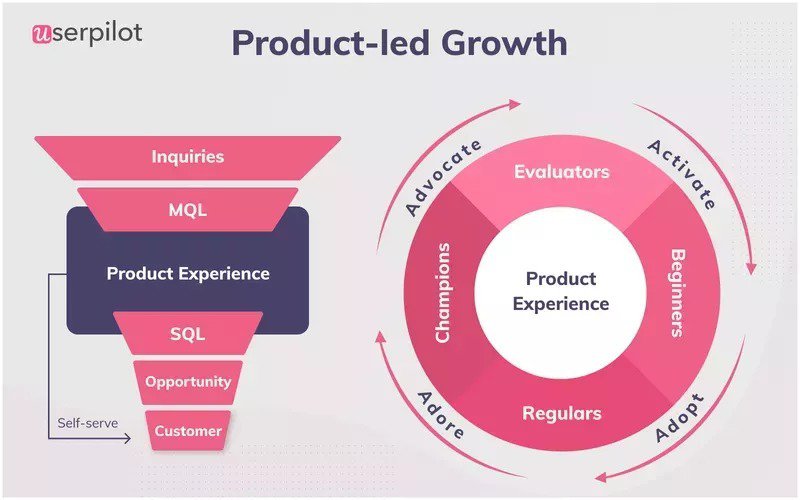
What’s the difference between product growth and product-led growth?
Looking at those definitions above, you probably notice that product-led growth and product-growth strategy rely on the product. They’re also both strategies designed to improve the product value. But there are differences.
Product growth is a process of increasing a product’s usage and revenue. It involves improving the product or positioning it better to get more people to use and buy it.
Product-led growth, on the other hand, is more than just the product. It is a cross-organizational strategy that has the product at its center. Although the product still comes first, it is only one part of the process.
PLG affects everything from the product to the company’s acquisition channels, buying methods, and market. It is led by a product management team, which works to reduce friction and increase customer delight.
A product-led company, thus, puts the product first in every aspect of its business. Conversely, product growth only requires a few teams to work together to increase the product’s reach and usage.
Product-led growth vs. sales-led growth vs. marketing-led growth
Another often confusing concept is the difference between product-led growth, sales-led growth, and marketing-led growth. Although all three are growth strategies, they each approach growth differently.
Sales-led companies use sales processes, such as a sales rep or sales team, to drive conversion and business growth. Companies with a sales-led approach, therefore, depend on the sales team for customer acquisition and retention.
However, companies that adopt the marketing-led growth (MLG) model rely on marketing initiatives as the main driver of success. These companies focus on showcasing their product value in communication with existing or potential customers.
Finally, product-led companies rely on the product (not marketing or sales teams) as the primary driver of success. They use the product experience to move customers down the funnel and depend on the product team for growth.
How to build a product growth strategy
Product growth management involves optimizing certain functions, processes, or features to maximize value.
To properly identify which functions or processes require optimization, you need to:
Build your product management teams
The first step to growing your product is recognizing that it doesn’t grow by itself. Every growth has to be intentional and well-managed by the right group. Put simply, you need a product growth team(s).
You can have just one product growth team in charge of growth or create many teams, each focused on a different goal. For example, you can have different growth teams for different customer segments or different funnel phases.
Each growth team has to be cross-functional, containing engineers, designers, product managers, etc. This will provide the team with a diverse set of skills, equipping them to learn more about your users and accurately influence the company’s growth roadmap.
Track metrics that measure product usage and customer increase
Next, it’s time to see what’s working and what isn’t. To do this, you need to track expansion metrics that show growth/decline in your product’s usage and customer base, such as:
- Customer acquisition cost: The average cost of each new user acquisition. Targeting the right audience and boosting exposure should lower your acquisition costs.
- Net Promoter Score (NPS): Happy customers gladly refer you to their friends and colleagues, helping you expand your reach with word-of-mouth marketing.
- Customer lifetime value (CLV): As more customers use your product, you can shift your attention to optimizing the customer’s lifetime value through upsells and cross-sells.
- Revenue growth: Ultimately, the goal of your product growth strategies should be to increase revenue.
As the growth team(s) set off to work, these metrics can guide them to where their efforts are needed. Subsequently, they become a beacon through which success is measured.
Collect user insights at every touchpoint to exceed customer expectations
Data is a key ingredient of any product growth efforts. User insights reveal how well your product is performing and what is needed to improve the customer journey.
Thankfully, getting this data isn’t so difficult today. You can collect customer data by conducting user surveys, watching session recordings, conducting robust product analytics, etc.
Your goal here is to gather enough information about your customer and your product to help you understand where your product is now and what it needs to delight customers.
Best practices when building a product growth model
Driving product growth may involve many different strategies and business decisions, but there are some best practices you can follow off the bat to improve your chances.
Simplify your sign-up process to improve user acquisition
If your goal is to attract more customers, simplifying your sign-up process is a great first step. This is your first opportunity to show potential customers how they can benefit from your product.
You can eliminate friction by leaving only a few elements on the page: a persuasive headline, a short sign-up form, and a strong call-to-action button. Finally, you can use Single Sign-On (SSO) to make signing up even simpler.
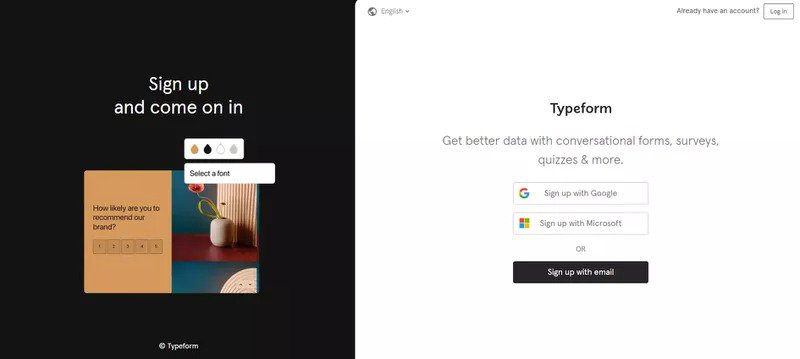
Optimize your pricing plans to remove friction in the buying process
Another key driver of product sales is pricing. Your pricing page helps customers understand your offer. It shows users all they need to know about the different pricing plans, helping to convert visitors into paying customers.
One way to optimize pricing is to maintain transparency and avoid hidden fees. To avoid confusion, it’s also necessary that you keep the number of plans small and highlight the differences between each plan.
Some SaaS companies have found it helpful to use comparison tables to help visitors compare plans. Others keep things simple, designing each plan for a different target audience.
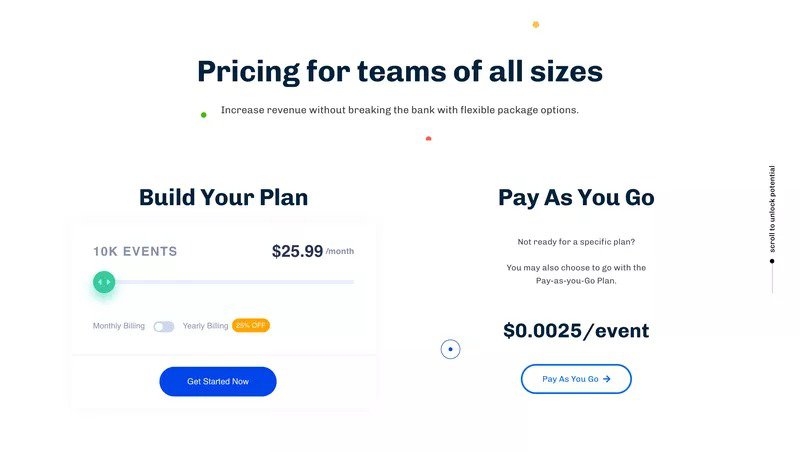
Other ways to optimize the pricing page include:
- Highlighting popular or recommended plans
- Offering discounts on longer-term contracts
- Adding an FAQ section to answer frequently asked questions
- Using customer testimonials or highlighting awards to build trust, etc.
Use a churn survey to understand why users leave
There’s no point in pursuing customer acquisition if you have a high churn rate. Therefore, before you start building new products or features, you must first take the time to understand why users leave.
You can do this by using automated churn surveys to capture the reasons why customers are leaving or canceling their subscriptions/contracts with your company.
The survey should be triggered immediately after a user clicks the cancel button. In addition to providing an insight into the customer’s reason for leaving, it also gives you a chance to change their minds using a personalized automated response.
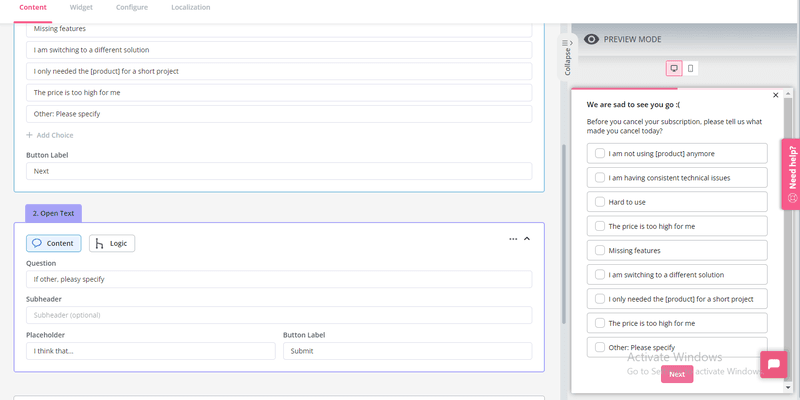
How to build a product-led growth strategy
A product-led growth strategy is an organizational approach that requires the entire company structure to pull in one direction – the product.
To become a product-led company, you need to:
Choose your product-led framework
The first step to adopting the product-led approach is determining what product-led framework your company will adopt. For this, you’ll have two options: the PLG funnel and the PLG flywheel.
The product-led growth funnel is a framework for visualizing your product’s process of converting a lead or prospect into a paying customer.
On the other hand, the PLG flywheel is a framework for driving SaaS growth through the product experience. The goal of this framework is to cut out investment in the marketing or sales team and drive growth by enhancing the product itself.
Although both frameworks leverage the product experience, PLG funnels are structurally similar to conventional funnels. They are structured with a series of growth stages and require traditional lead generation processes.
Conversely, the PLG flywheel is cyclical, without a clear beginning. It aims to turn new users into brand advocates that attract other users, thus, creating a growth loop that reduces customer acquisition costs. As a result, it focuses more on how users interact with the product.
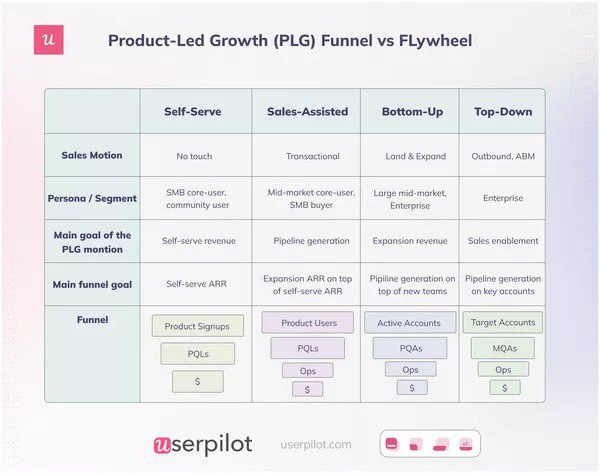
Involve the entire organization
Unlike product growth which is a product management team’s main responsibility, product-led growth is a company-wide initiative.
This means that everyone from your marketing team to your sales team, product managers and teams, engineering and design teams, and the entire company leadership, are needed to make this work.
Put simply, product-led companies cannot exist without everyone pulling in the same direction. Everyone needs to work together toward the common goal of making the product the primary driver of user acquisition and retention.
Track product-led growth metrics
Once you have the right organizational structure, it’s time to identify your key objectives and metrics that indicate success in your adopted product-led approach. Some of these include:
- Customer Acquisition Cost (CAC): The CAC is the amount a business spends to acquire new customers. Thanks to referrals and content creation, self-serve product-led companies lower this cost over time.
- Monthly Recurring Revenue (MRR): Ideally, a well-designed product experience will lead to higher retention rates and a higher MRR.
- Expansion MRR: Similar to the above, a great customer experience and proactive support should lead customers to make additional purchases or account upgrades.
- Churt Rate: In all, your goal should be to design a product that delights customers, drives constant customer engagement, and minimizes churn.
Create end-to-end customer experiences
Product-led companies take customer success very seriously. This means you need to create a cohesive and personalized self-service experience. It also means that the experience you create needs to be sustainable long-term.
To achieve both goals, you need to focus first on creating a valuable, easy-to-use product. You also need to choose the right market for your product, create a seamless sign-up process, pay attention to customer feedback, etc.
Best practices when building a product-led growth model
Switching from a traditional sales-led strategy to a product-led strategy requires several changes.
Some best practices to follow include:
Implement free trials to let users experience your product before buying
With the product at the heart of their growth strategy, product-led businesses let users experience the product value with a free trial or demo. Free trials are excellent tools for converting user traffic into signups.
A free trial is a sales strategy that allows users to test out a product before purchase. This could involve using the full product for a limited time or using a limited version of the product forever (also known as the freemium model).
The typical free trial landing page should include a signup form, value proposition, CTA button, social proof, and a benefits list. It should provide the visitor with the information they need to make a final decision.
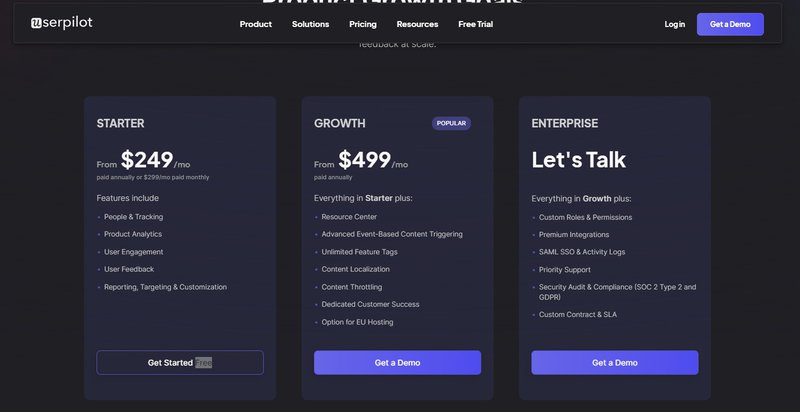
Create a personalized onboarding process to drive customer success and increase customer retention rates
The easiest way to create a product experience that each customer loves is to ask them what they need, and a welcome survey helps you do just that.
A welcome survey is typically triggered immediately after a user launches a product for the first time. You can use it to collect data about the customer’s needs, goals, and preferences.
Using the collected data, you can launch a personalized onboarding process that shows them how best to use the product to quickly get the value they need.
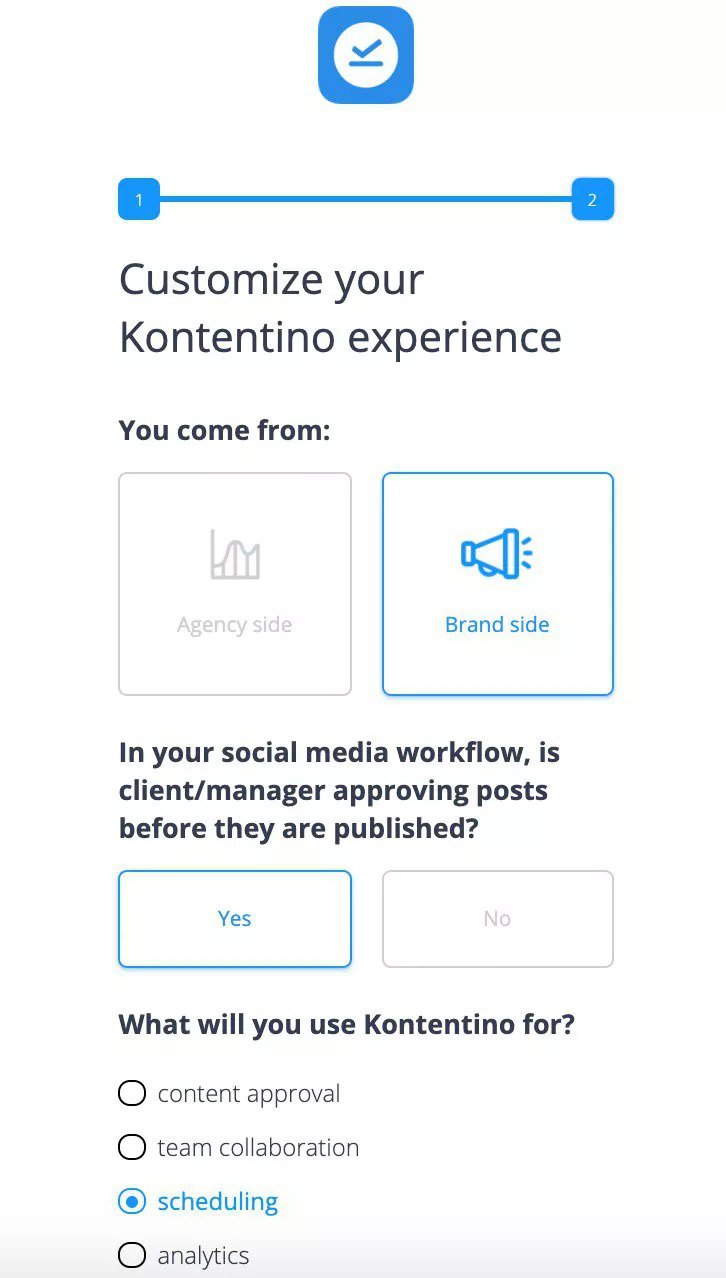
Collect customer feedback to assess customer experience and satisfaction
In addition to creating a personalized experience, you also need to be on the lookout for issues and challenges facing customers. Regularly launch in-app surveys to collect feedback from existing customers.
The feedback you get can reveal the level of customer satisfaction with the product experience. What do they like the most about the product? What challenges are they facing? Are there any features they’d like to have?
Use these surveys to identify friction points in the customer journey. As you iron out these points, you’ll boost customer success and improve the CLV.
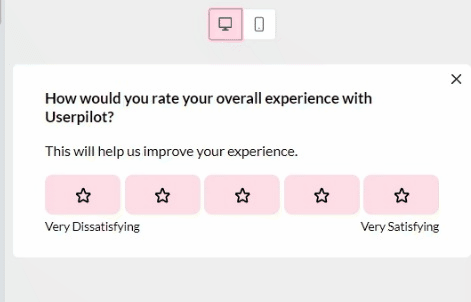
Use gamification to improve user engagement
One way to make your product highly engaging and boost user engagement is by including gamification elements in your product.
Gamification makes your product more entertaining, creating a sense of friendly competition that keeps users hooked. It provides a way for you to reward user behaviors that you like, to encourage repetition.
For example, you can use gamification to celebrate user milestones and make them feel accomplished. You can also use it to incentivize learner engagement in customer education programs and more.
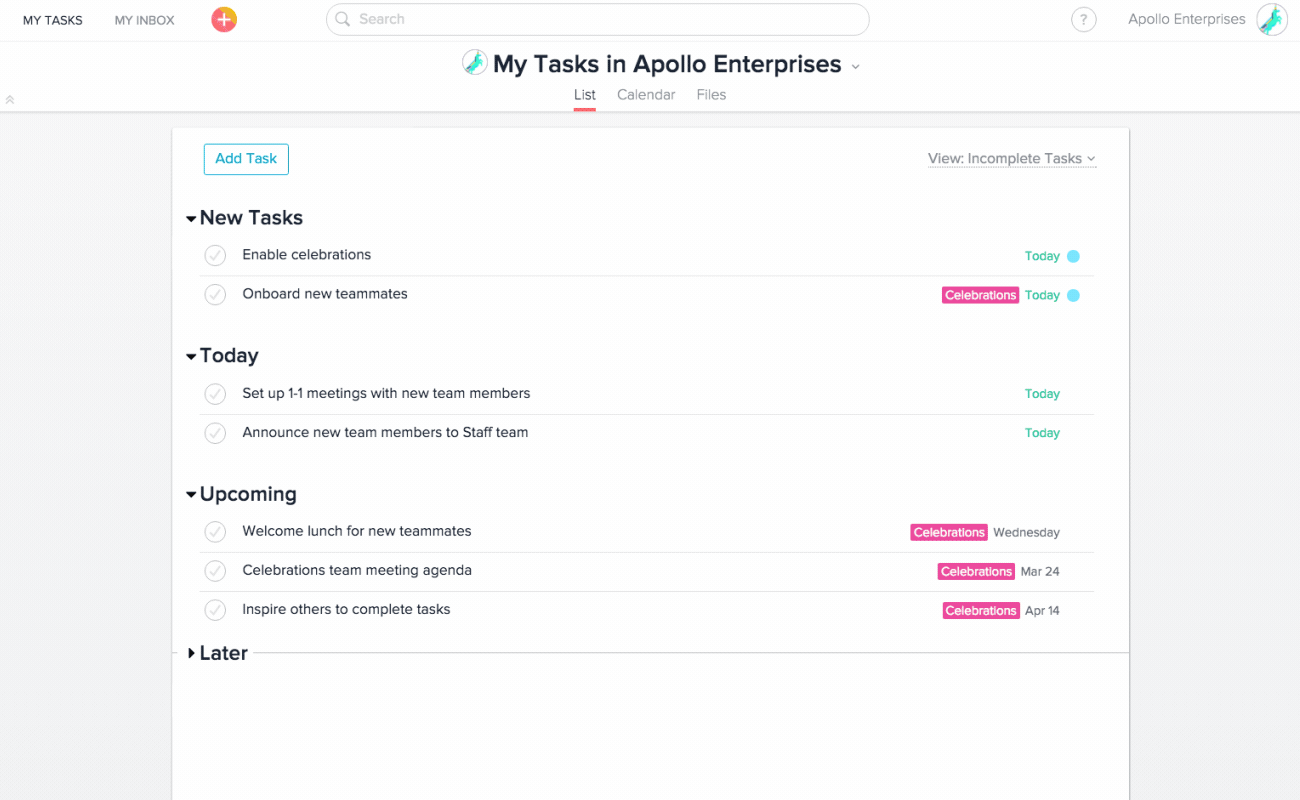
Trigger contextual messages to help existing customers discover features
You can use contextual messaging to help customers discover features. You can use it to help new users discover features relevant to their job to be done (JTBD) in your product.
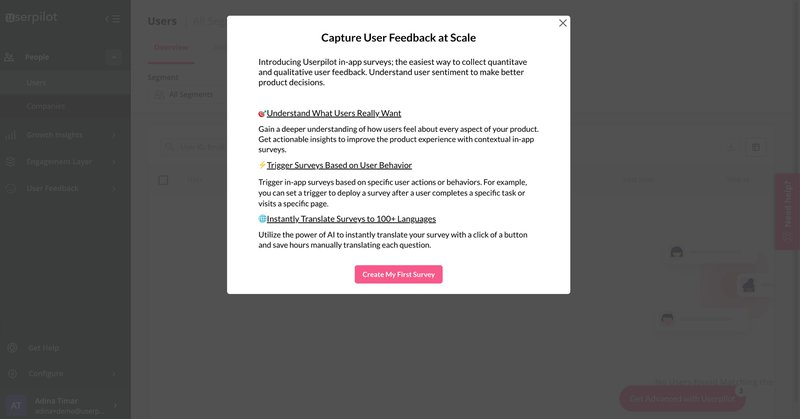
Analyze the customer journey to remove friction
Customer journey analytics examines customer interactions with your brand and product to help you identify areas of improvement.
See how users travel through your product and whether they’re completing their goals. Journey analytics can also help you identify drop-off points.
As you identify these friction areas, be sure to correct them and improve the customer experience.
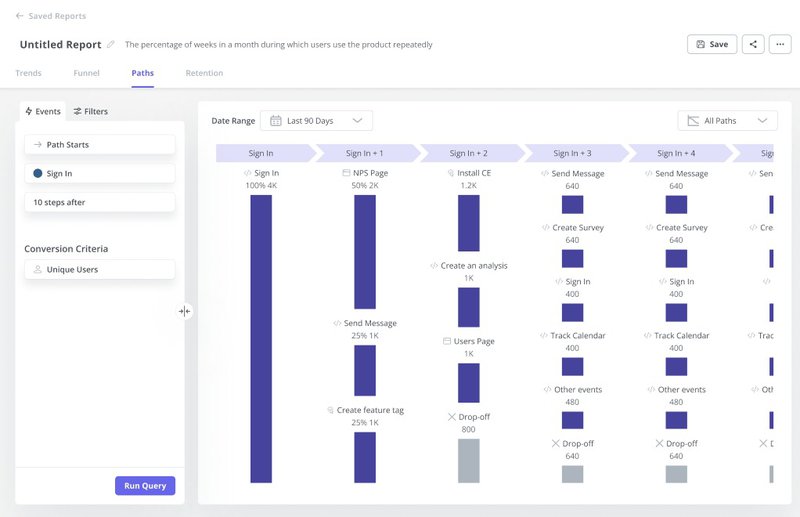
Trigger upsell messages to increase expansion MRR
Upsell, cross-sell, and add-on offers can help boost your monthly recurring revenue (MRR) and drive growth. This is the expansion MRR – the amount of extra revenue gotten from existing users.
You can boost upsells by ensuring your upsell messages are contextual to the needs of the user. For example, Slack takes advantage of a free channel reaching the 10k word limit to encourage an upgrade to a paid account.

Can you use product growth and product-led growth together?
The short answer? Yes!
You can certainly combine product growth and product-led growth. In fact, product growth is but a small part of product-led growth. To use both in tandem, you’ll need to focus on user-centricity.
You’ll need to accord the same level of importance to the product as product growth demands but get the whole organization to move in that direction. Then, ensure that product insights are shared freely across the organization.
Conclusion
Growth is a step-by-step process that often takes time. To ensure you achieve the growth you desire, you need to be intentional about your efforts and conscious of the needs of the customer.
With both of those assured, Userpilot can help you create a fitting product experience, learn more about your users, and make data-driven product decisions. Book a demo today to learn more!


